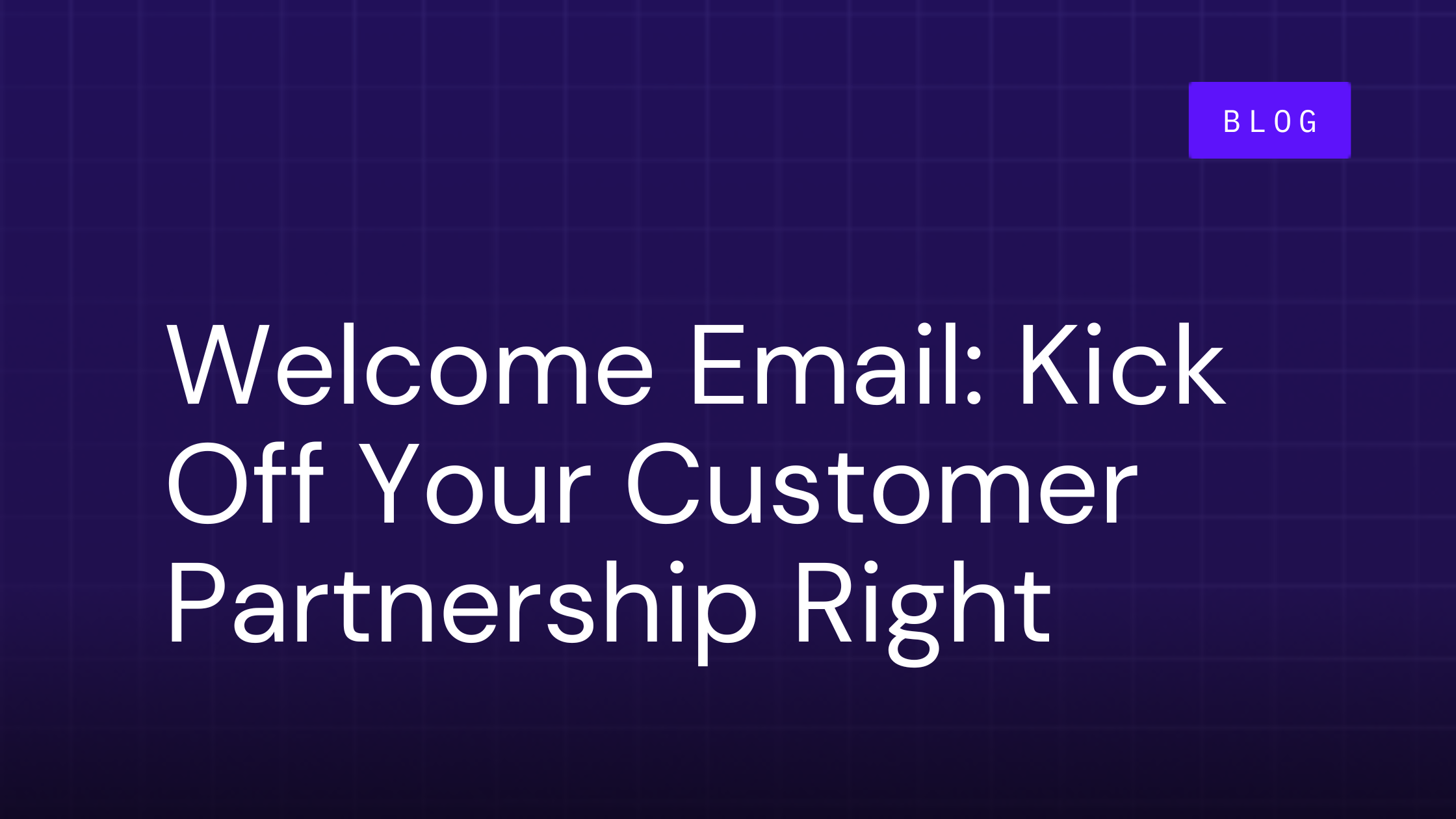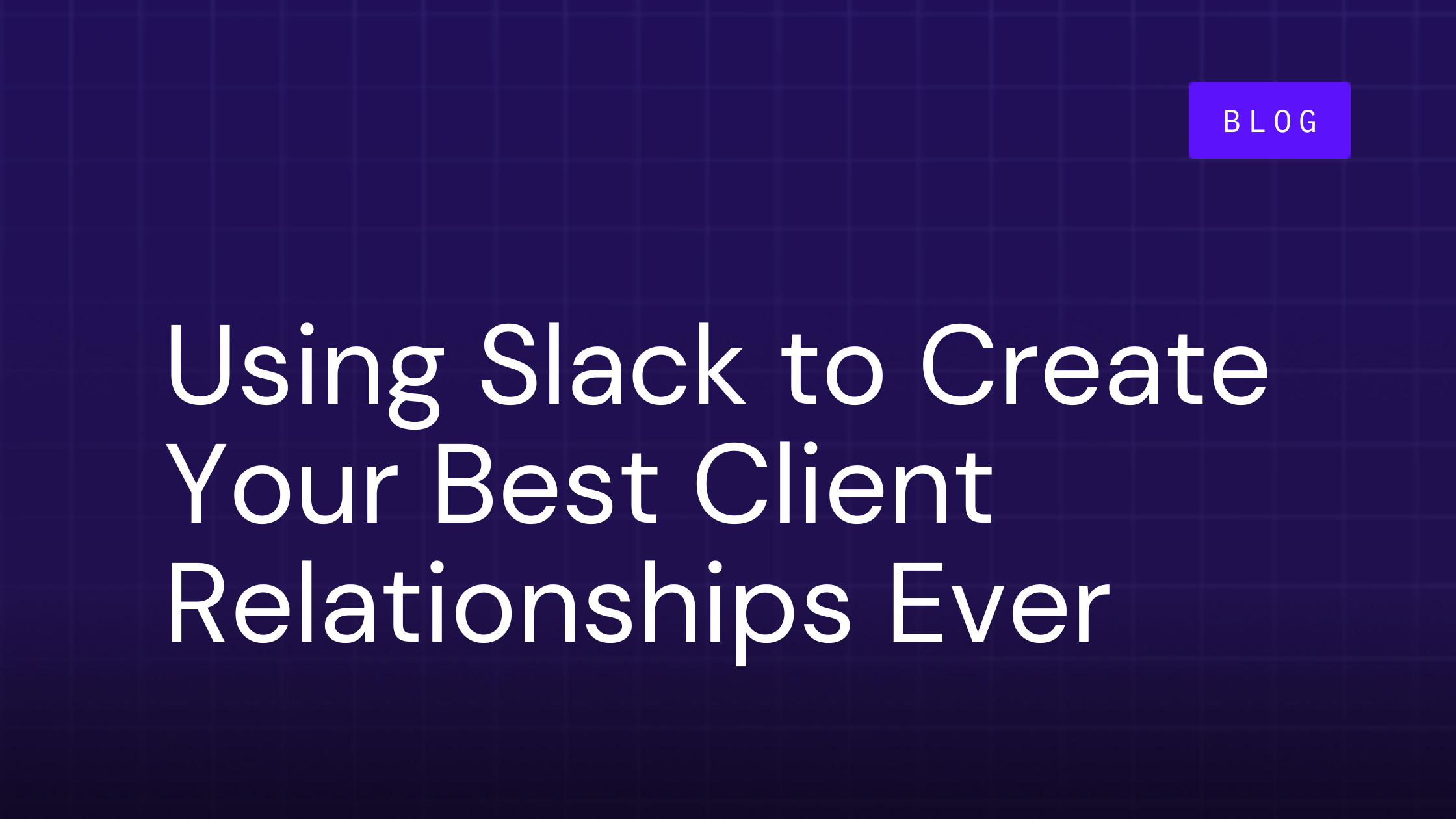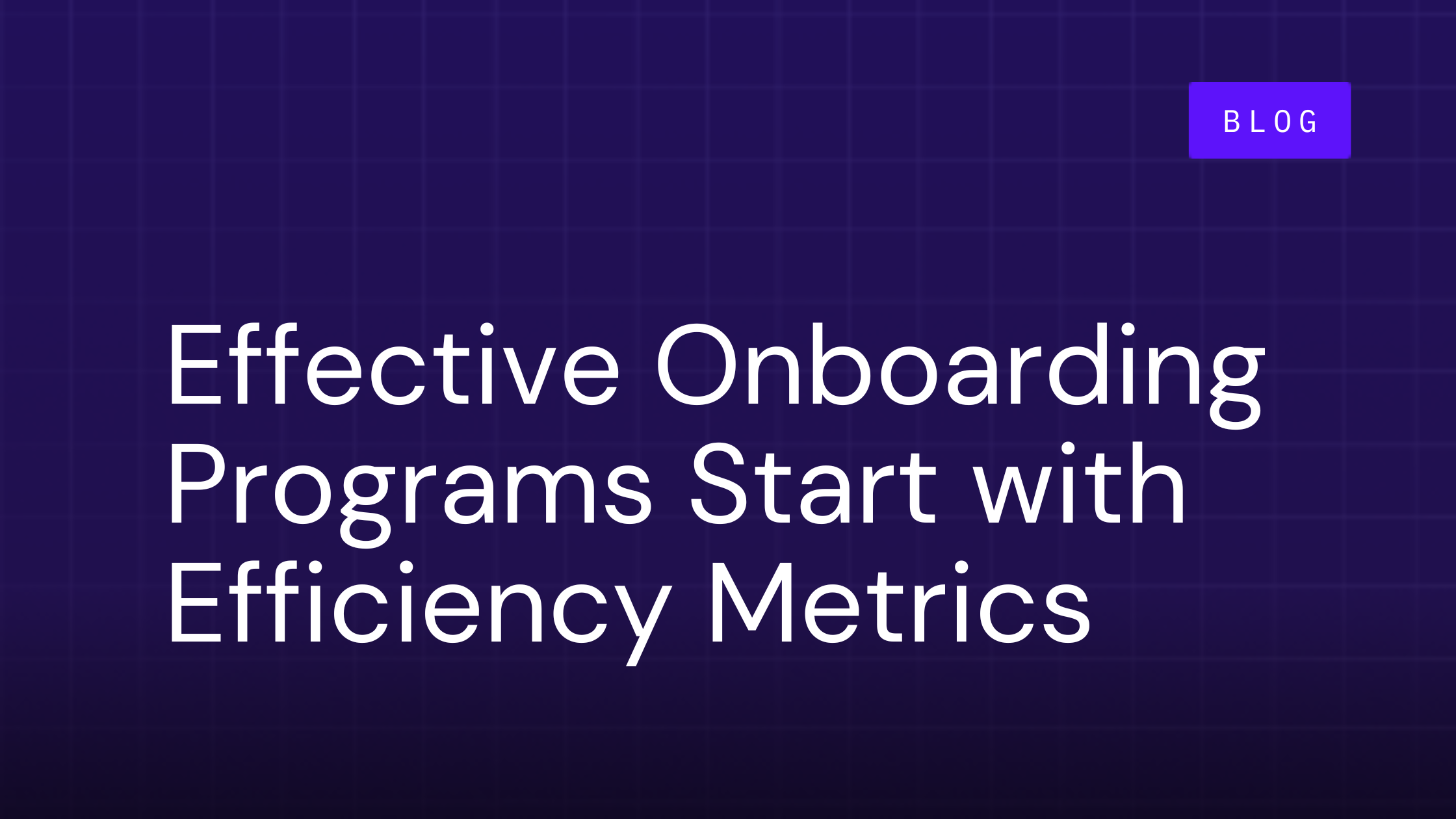How to Scale White-Glove Onboarding and Do More With Less

Table of Contents
Sounds great, right?
We all know that great onboarding sets customers up for success and expansion.
And poor onboarding leads to low customer engagement, increased churn, and more work for everyone.
It makes sense that the goal should be to deliver better onboarding experiences to more customers.
But how? How do you actually set your high-touch customer onboarding process up for scale when onboarding and Customer Success teams have so much to manage as it is?
The statement “effortless, white-glove onboarding experience” itself feels like an unrealistic overpromise handed down to onboarding managers.
I get it, but scaled white-glove onboarding is increasingly essential… and totally doable with the right framework.
Here’s why and how you can make scaled white-glove onboarding happen at your company.
Expectations have changed.
You can blame millennials.
Digital natives are increasingly in positions of buying power.
They have modern preferences for how they evaluate vendors and greater customer experience expectations for them to stick around.
Customers today want…
- to be empowered to do more on their own with technology.
- strategic guidance and insights from humans as needed.
- to accomplish objectives quickly and with little effort.
Customers today do not want…
- a labor-intensive project to co-manage with you.
- more check-in meetings or back-and-forth emails.
- busy work that gets in the way of desired outcomes.
Market conditions have also increased expectations put on teams to grow revenue more efficiently.
The pressure is on to do more for customers with less resources.
Tools and processes haven’t kept up.
Meeting these expectations is quite challenging (if not impossible) with the tools and processes predominately used for managing high-touch customer onboarding.
Robust onboarding checklist spreadsheets… that quickly grow outdated and unused.
Project management apps with perfectly laid out tasks… that consistently turn red.
There is client onboarding software designed specifically for better onboarding project management. But, even with more specific onboarding features, the problems remain.
Teams get bogged down by administrative busy work and end up having to chase down pending tasks with customers. More follow-up emails get sent. More check-in meetings are held.
“Better project management” may help with improving communication and accountability to customers. It just doesn’t help much with making onboarding easier for customers or keeping them engaged.
And if customers aren’t engaged, then that creates more work for onboarding managers to get them engaged.
This is neither an effective nor affordable process to scale.
A different, more customer-centric approach is needed to efficiently deliver and scale white-glove onboarding.
Here’s the new way to actually pull it off…
1. Create mutual playbooks that lay out a clear path to value for each customer segment.
Onboarding isn’t just a set of tasks to be completed upon account creation, then voilà, mission accomplished.
Onboarding starts the moment customers question how their team is going to get value from your solution. And It doesn’t end for as long as your solution has new value to give to them.
The first objective is to get a clear understanding of what value looks like for the new customer. More specifically, uncover their desired outcomes.
Then, you need to create a plan for helping them reach that value and accomplish their desired outcomes with you. More specifically, a playbook.
I don’t mean a Standard Operating Procedure document that will rot in Google Drive or a static onboarding checklist to manage.
A mutual playbook is a strategic path-to-value for the customer, including everything that needs to be done by both your team and the customer to reach value.
You eventually want to create a mutual playbook for every potential desired outcome of every customer segment (i.e. vertical, plan, product, lifecycle stage, etc.).
It doesn’t have to be built out all at once though.
Focus first on your most common segments and where you expect utilizing mutual playbooks will have the biggest impact.
Creating more playbooks will get easier as you go, as you likely have similarities between your different segments. You won’t have to start from scratch.
In time, you’ll have a playbook ready to spin up for any customer, at any stage of the customer journey. Or, at least one that is close enough and easy to adapt.
Some tips to build effective, scalable playbooks:
Focus your steps and playbooks.
Instead of creating one massive onboarding playbook for everything the new customer could do, focus in on one desired outcome at a time. Remove any steps that are unnecessary to achieving that specific value.
Know your stakeholders.
Identify who should own each kind of step, both internally and within the customer’s org. You don’t want to just assign all customer steps to your primary contact and then they have to chase multiple other people down to complete.
Make every step as easy as possible to complete.
Complex tasks will hold up the whole process. Put in the work to provide clear and actionable enablement for each step. Break down steps that require multiple actions into one step per action.
The more focused your playbooks and the easier you make completing each step, the faster you’ll deliver value.
2. Empower customers to complete steps on their own more easily with a dynamic action plan.
Customers today want to be empowered, not managed.
The best thing you can do is give them a simple, customer-facing experience that provides visibility into the whole process and clear enablement for achieving their desired outcomes.
The goal is to empower and enable customers to do more on their own faster, and reduce the need and length of more high-touch communications.
You may not be able to eliminate check-in meetings altogether for a customer segment. But what if they were only required once a month instead of weekly or were 30 minutes instead of 60?
What does that customer-facing experience look like?
The key word here is simple.
No one wants to have to learn another product in order to get value from yours.
You need the customer-facing onboarding experience to:
- be dead simple to access and use.
- give visibility into who does what steps by when.
- make each step easy with clear enablement and actions.
- collect customer intake data, files, and feedback.
- use conditional logic to automatically guide next steps.
- track and feed everything into reporting for analysis.
- feel like an extension of your brand, not a separate app.
All of these are possible with a dynamic action plan.
A dynamic action plan is a customer-facing mutual action plan that brings your playbook to life for customers. It provides them a simple, guided path-to-value, and leverages integrations and conditional logic to automate the whole process.
The capabilities revolve around empowering and enabling the customer and tracking it all so you can improve the experience for the customer.
Dynamic action plans follow the strategic principle that if you make onboarding easier for customers, you make it easier for onboarding managers.
We call the strategy of making onboarding as effortless as possible for customers to navigate and complete, Customer-Led Onboarding.
3. Continually measure and improve customer outcomes, efficiency, and experiences.
If you can track and report on each onboarding step, playbook, and action plan, you can optimize your way to a predictable, scalable process.
White-glove onboarding is about identifying and delivering customer value (not just completing a set of tasks).
To scale, all your onboarding efforts should be tracked and measured on how effective they are in helping customers achieve their desired outcomes.
Which playbook version works best for this customer segment?
Are there any steps in the process that customers are getting hung up on?
Is the newly added enablement helping customers complete the steps faster?
Is our dynamic action plan setup helping increase customer engagement and reduce time-to-value?
Is it opening up bandwidth for our team? How many customers can each onboarding manager now work with?
Is customer satisfaction rising? Is churn decreasing? Are we expanding revenue faster?
These are questions you need to be able to answer.
Then, you can optimize and scale your white-glove onboarding program to more customers.
Scale effortless, white-glove onboarding
It’s easier than you may think.
You first need to shift your mindset from internal-led projects to customer-led progress. From better project management to better customer empowerment.
Then you need to implement the process and tools for that strategy.
Dynamic customer onboarding software is purpose built for customer-led onboarding and scaling white-glove customer success.
Don’t be stuck with the same ‘ol processes and tools that have been slowing teams and customers down for a millennium (probably). Explore the new way.
Learn more at https://onramp.us and book a demo to see how OnRamp can help you do more with less.
Paul Holder is cofounder and CEO of OnRamp, a B2B customer onboarding solution improving customer engagement and operational efficiency. Prior to OnRamp, I led Customers Success at Troops (acq. Salesforce), a SaaS startup changing the way humans interact with their CRMs, and customer onboarding at VTS, which is transforming the commercial real estate industry.
Related Posts:

Write a Welcome Email That Kicks Off Your Customer Partnership Right
After all, it’s the first onboarding communication you have with them. Like all first impressions, what you say and how you say it...

How to Use Slack Connect to Create Your Best Client Relationships Ever
Shared Slack channels don’t look or function differently than the ones your team chats away in every day. The difference is that...

Effective Customer Onboarding Programs Start with Efficiency Metrics
Did you picture a value-filled process sans any friction points? It might seem like a dream, but it doesn’t have to be. However, it...